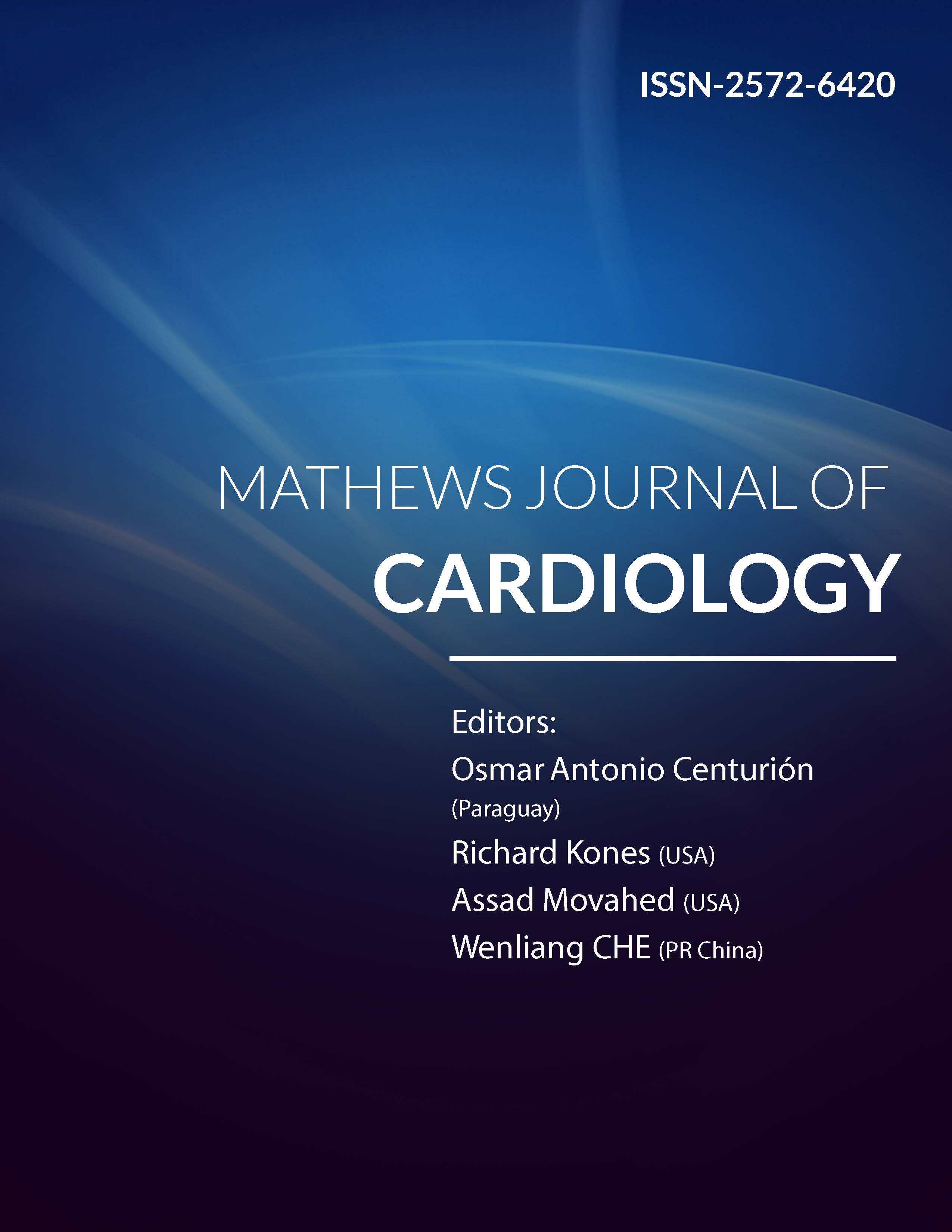
Information Links
Previous Issues Volume 7, Issue 2 - 2023
Pulmonary Fibrosis in COVID-19 Patients
Eslami Vahid1, Farokhnejad Somaye2,*, Faghihi LangroudiTaraneh3, Javad Karami Eshkaftaki4, Kashefizade Alireza5, Gachkar Latif6
1Cardiology Department, Interventional Cardiologist, Cardiovascular Research Center, Shahidbeheshti University of Medical Science, Iran
2Cardiology Department, Interventional Cardiology Fellow, Cardiovascular Research Center, Shahidbeheshti University of Medical Science, Iran
3Radiology Department, Radiologist, Shahidbeheshti University of Medical Science, Iran
4Radiology Department, Radiology Resident, Shahidbeheshti University of Medical Science, Iran
5Lung Specialist, Shahidbeheshti University of Medical Science, Iran
6Methodologist, Infectious Disease Department, Cardiovascular Research Center, Shahidbeheshti University of Medical Science, Iran
*Corresponding Author: Farokhnejad Somaye, Cardiology Department, Interventional Cardiology Fellow, Cardiovascular Research Center, Shahidbeheshti University of Medical Science, Iran, Phone: +989122124921, ORCID: 0000-0003-1980-2428; E-mail: [email protected].
Received Date: October 16, 2023
Published Date: November 06, 2023
Citation: Vahid E, et al. (2023). Pulmonary Fibrosis in COVID-19 Patients. Mathews J Cardiol. 7(2):29.
Copyrights: Vahid E, et al. © (2023).
ABSTRACT
Introduction: Early analysis suggests the prevalence of post COVID 19 fibrosis is approximately a fifth to a third of cured patients and 7%–8% are severe. Initiation and advancement of pulmonary fibrosis is caused by inflammation. Method: In brief, the study population included 107 patients with a history of admission with COVID-19 infection diagnosis to Modarres Hospital and Labafinejad Hospital, Shahid Beheshti University of Medical Sciences, from August 2020 to October 2020.All of our participants had at least 2 chest CTs, one on admission time and another at least 6 weeks later for any reason. We evaluated chest CTs for pulmonary fibrosis, presence of pleural and pericardial effusion, crazy-paving pattern, reversed halo sign, air Broncho gram, and cardiothoracic ratio, Aorta to pulmonary artery ratio, epicardial fat thickness, epicardial fat density, and tracheal dimensions. Results: The prevalence of pulmonary fibrosis after COVID-19 recovery was 40%. Some lab data like Neutrophil, Lymphocyte, Aspartate Amino Transferase and Lactate Dehydrogenase had significant difference in patients with and without fibrosis. Also severity of pneumonia and fat density was significantly higher in patients with fibrosis. Unfortunately, any of evaluated prescribed medications did not have significant supportive effect in pulmonary fibrosis. Conclusion: We found a high prevalence for fibrosis in our study and we demonstrated some factors that can predict this complication in infected patients. None of the used medications could significantly prevent the pulmonary fibrosis development.
Keywords: Pulmonary Fibrosis, COVID-19, Pneumonia.